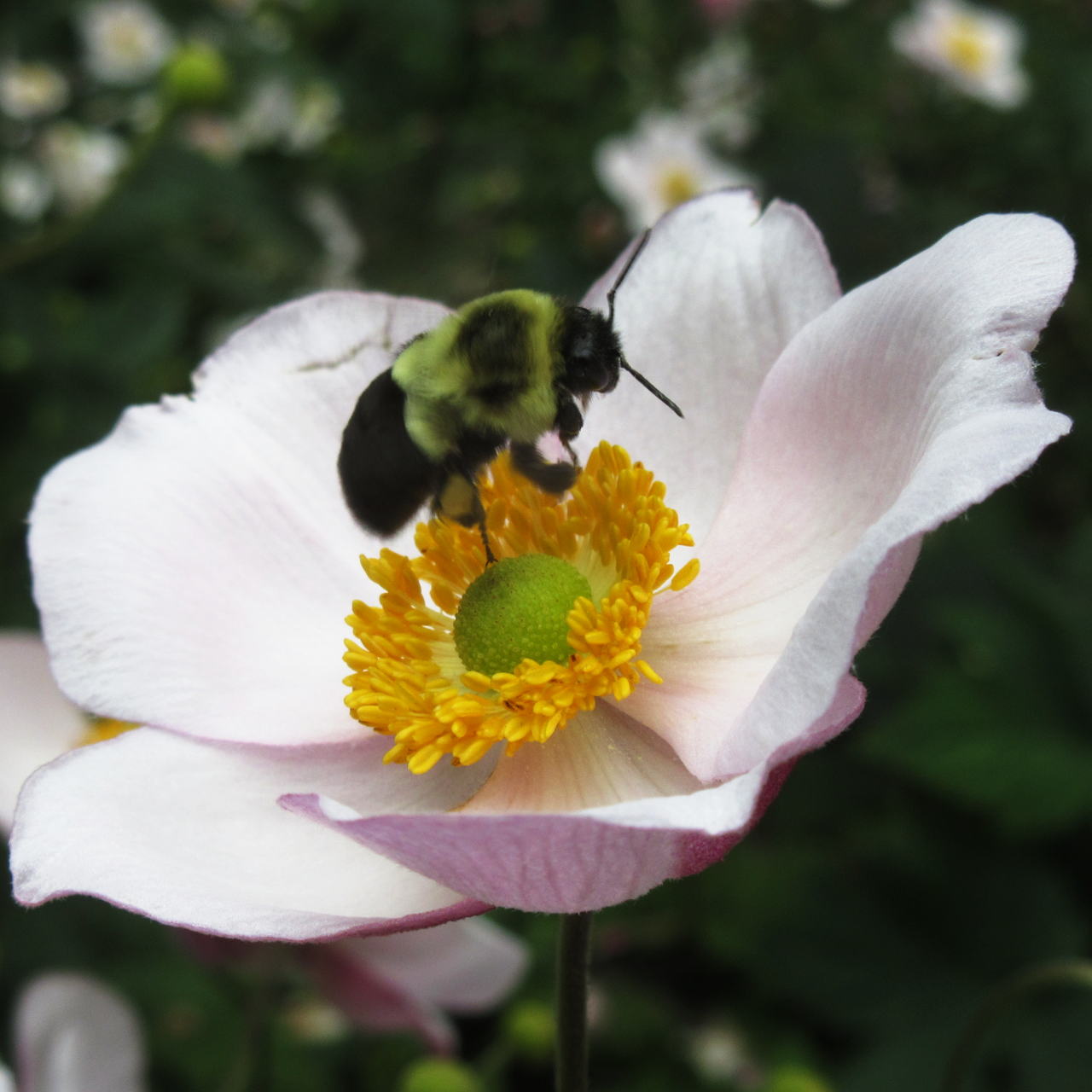We all like the idea of having a nice looking garden, but you can also include plants for other purposes.
For the longest time, people just came in to get flowers for around their home. Everything looked pretty and it made for some great gardens. But now other apects of gardening have emerged. Expanding the typical pretty flower concept to features that attract wildlife to the yard. Attracting wildlife is typically limited to non-destructive and "pretty" forms wildlife like Birds and Butterflies. There are many different plants that offer wildlife some sort of benefit, be it nectar, seeds, or something else (though the something else is typically in the destructive wildlife category).
Butterflies and Hummingbirds share many similar preferences for flower and it's nice to see them dancing through the air around your garden. These insects and birds need energy and a very concentrated source. Plants have adapted a symbiotic relationship with these animals for co-survival. These plants are often so specialized in their flowers that many other common pollinating insects have a hard time getting nectar out. Since both hummingbirds and butterflies have long beaks/snouts, plants like long tubular flowers are most attractive. Butterflies are often attracted to other flowers, but the tubular ones are most common.
If it's your first time trying to get butterflies and hummingbirds to your garden, it's probably best to start with annual plants. Though there are many perennials and some shrubs and vines that also attract butterflies and hummingbirds, I always suggest starting with annuals. The great thing about annuals is their limited life so you can choose to start the next year with a clean slate.
Here are a few annuals that work to attract hummbing birds, butterflies, or both:
- Nicotiana
- Lantana
- Snapdragons
- Heliotrope
- Zinnia
- Cosmos
- Verbeena
- Statis
- Strawflower
- Pentas
- Annual Phlox
- Salvia
- Mexican Sunflower
- Impatiens
- Morning Glory
So before you fill your garden with "just" plants that are pretty, add in a few plants with a greater purpose. There's a nice feeling of gratification when you see your beautiful annual garden flowering away, and an even more satisfying feeling when you see wildlife feeding off the fruits of your labour.

